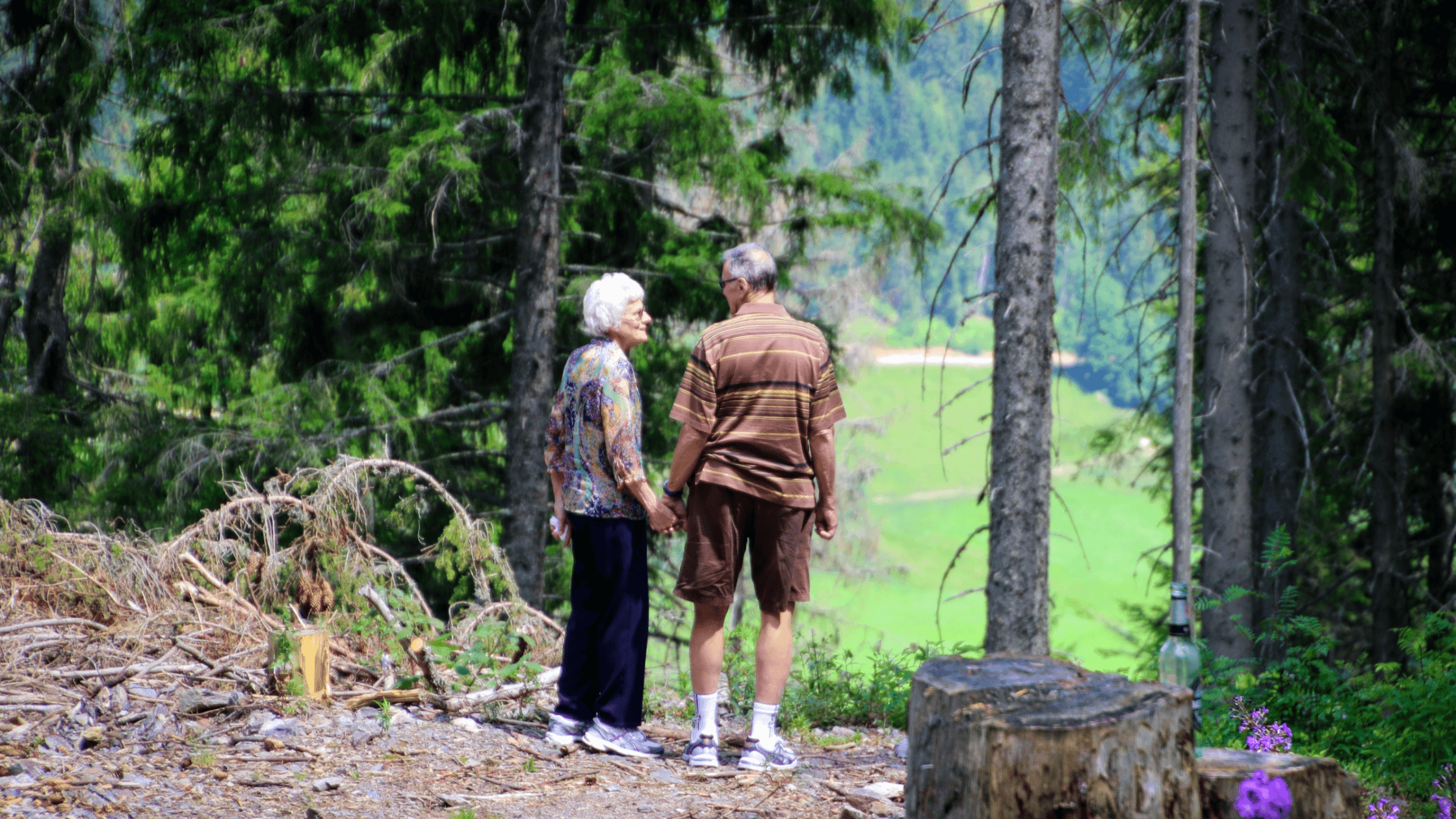Exercise Tips For Seniors: How To Stay Active As You Age

Licensed Physical Therapist, PT, DPT // EW Pilates Instructor // EW Yoga Instructor // EW Balance Instructor // EW Motion Therapy Homewood
Once you retire, it can be tempting to use your newfound free time to do absolutely nothing. While that is part of the reward of retirement and should be enjoyed, staying active as you age is vital. Whether you go on walks around your neighborhood or enjoy fitness classes at your local senior center, there are myriad ways for you to get in your daily exercise. But you may be more worried about fall risk, which is a valid concern for many older adults. So how do you stay active while staying safe?
As our bodies change with the normal aging process, creating a safe exercise routine that helps you maintain your physical health is essential. There are many resources online, but getting advice from a professional can be a significant first step, whether you see a personal trainer or a physical therapist. Our team at EW Motion Therapy has worked with many seniors who want to decrease fall risk and stay active and can create a personalized plan for you that addresses your needs and goals. Even if you decide our services do not fit your needs, you can still read on for our discussion of how aging affects exercise habits, four tips for seniors trying to exercise, why you need to think about fall risk, and how physical therapy can help.
How does aging affect exercise habits?
As we age, the body undergoes changes that can impact our exercise. These changes can include:
- Decreased muscle mass: As we age, we lose muscle mass, reducing our strength and endurance. This can make it more difficult to perform physical activity, especially activities that require lifting, pushing, or pulling.
- Reduced flexibility: Aging can also cause a loss of flexibility in the muscles and joints, limiting the range of motion during exercise. This can make it more difficult to perform exercises that require bending, twisting, or stretching.
- Decreased bone density: Our bones may become less dense as we age, increasing the risk of fractures and other injuries during exercise. This can make high-impact activities like running or jumping more difficult or even impossible.
- Slower recovery time: As people age, their bodies may take longer to recover from physical activity. This can make it more challenging to maintain a regular exercise routine or to perform more intense workouts.
- Reduced cardiovascular fitness: Aging can also lead to a decline in cardiovascular fitness, which is the ability of the heart and lungs to supply oxygen to the muscles during exercise. This can make it more challenging to perform aerobic activities, such as running or cycling, without experiencing fatigue or breathlessness.
These changes can make exercising more challenging, but staying active and maintaining a regular exercise routine is essential. Older adults may need to adjust their workouts to accommodate these changes, such as incorporating more low-impact exercises or using lighter weights.
It's also crucial for seniors to warm up properly before exercising and to allow for adequate rest and recovery time between workouts. Working with a personal trainer or physical therapist can also help develop a safe and effective exercise plan that considers physical limitations or health concerns.
Top four exercise tips for seniors
Start slowly
If you're new to exercise or haven't exercised in a while, it's essential to increase the intensity and duration of your workouts gradually. Begin with low-impact exercises such as walking, cycling, or swimming for 10-15 minutes daily and increase by 5-10 minutes weekly. Wear comfortable, well-fitting footwear with nonslip soles and clothing that will not snag on anything.
Mix it up
Variety is critical to maintaining an active lifestyle. Mix your workouts by adding strength training, balance exercises, and stretching. Strength training exercises can include lifting light weights, resistance band training, or bodyweight exercises like push-ups and squats. Balance exercises like standing on one foot or walking heel-to-toe can help improve balance and coordination. Be sure to incorporate any assistive devices you need, like a cane or walker.
Focus on flexibility
Stretching is essential to any workout routine, especially for seniors. Incorporate stretches focusing on your hips, back, and legs to help improve flexibility and reduce stiffness.
Stay hydrated
Drink plenty of water before, during, and after your workouts to prevent dehydration. Dehydration can increase your risk of falls and injuries, so staying hydrated is essential.
What about fall risk?
For many seniors, the fear of falling can be a barrier to exercise, leading them to avoid activities that they perceive as risky or challenging. This can result in a lack of physical activity, further decreasing muscle mass, strength, and cardiovascular fitness, leading to a higher risk of falls.
In addition, falls can cause injuries that can impact regular exercise habits. For example, an injury from a fall, such as a fracture or a sprain, can limit mobility and make it difficult to perform specific exercises.
However, seniors need to continue to exercise regularly, even if they are at increased risk of falling. Exercise can help improve strength, balance, coordination, and flexibility, which can help reduce the risk of falls and injuries.
To reduce the risk of falls during exercise, older adults can take several precautions, such as:
- Starting slowly and gradually, increasing the intensity and duration of exercise.
- Choosing exercises that are appropriate for their physical abilities and limitations.
- Warming up properly before exercise and cooling down after.
- Wear appropriate footwear that provides good support and stability.
- Exercising in a safe environment, such as a well-lit room with no obstacles.
- Ensuring none of your medications are causing adverse reactions and interfering with your balance or coordination.
- Working with a personal trainer or physical therapist who can develop a safe and effective exercise plan.
How can physical therapy help seniors maintain an exercise routine?
Now you know more about how seniors can develop an exercise routine that decreases fall risk and keeps them healthy. While it can be fun to go for a walk or try an exercise class at your local senior center, a personal trainer or physical therapist can be great resources if you want advice from a professional. A physical therapist can especially analyze your movement patterns and fall risk to identify deficits. From there, they can create a program that addresses your needs and goals.
Our skilled team of therapists at EW Motion Therapy has worked with many seniors like you to help them move, feel, and live better. Additionally, many of our personal trainers have worked with seniors, and they will ensure your exercise environment is safe and helps you maintain your health. If you are curious about what else physical therapy can do for you, click the button below to download our answers to 20 frequently-asked physical therapy questions. If you feel personal training might be better for you, learn more about choosing the right personal trainer here.


